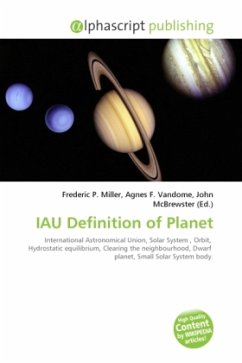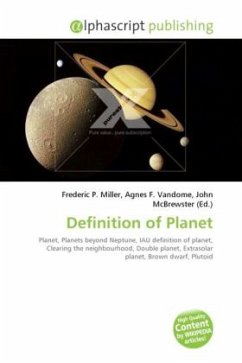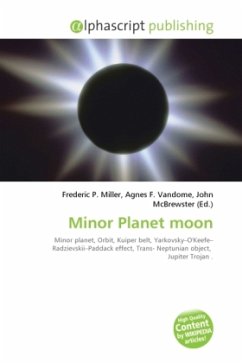The definition of "planet" set in 2006 by the International Astronomical Union (IAU) states that in the Solar System a planet is a celestial body that:is in orbit around the Sun,has sufficient mass to assume hydrostatic equilibrium (a nearly round shape), and. has "cleared the neighbourhood" around its orbit.A non-satellite body fulfilling only the first two of these criteria is classified as a "dwarf planet". According to the IAU, "planets and dwarf planets are two distinct classes of objects". A non-satellite body fulfilling only the first criterion is termed a "small solar system body" (SSSB). Initial drafts planned to include dwarf planets as a subcategory of planets, but because this could potentially have led to the addition of several dozens of planets into the Solar System, this draft was eventually dropped. In 2006, it would only have led to the addition of three (Ceres, Eris and Makemake) and the reclassification of one (Pluto). The definition was a controversial one and has drawn both support and criticism from different astronomers, but has remained in use.
Bitte wählen Sie Ihr Anliegen aus.
Rechnungen
Retourenschein anfordern
Bestellstatus
Storno








